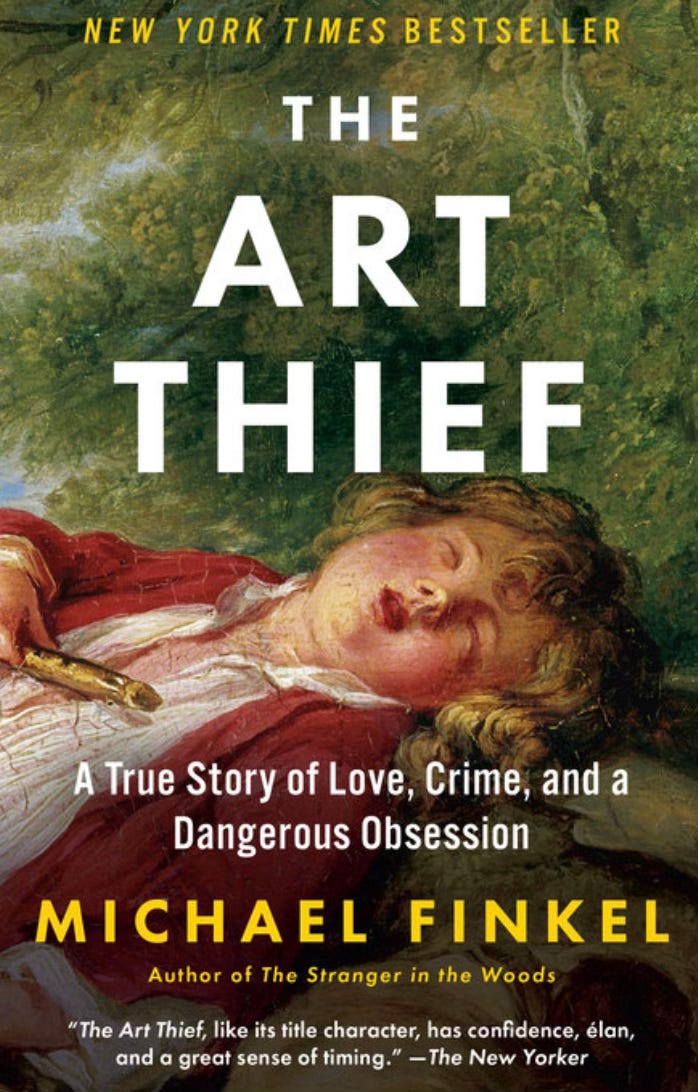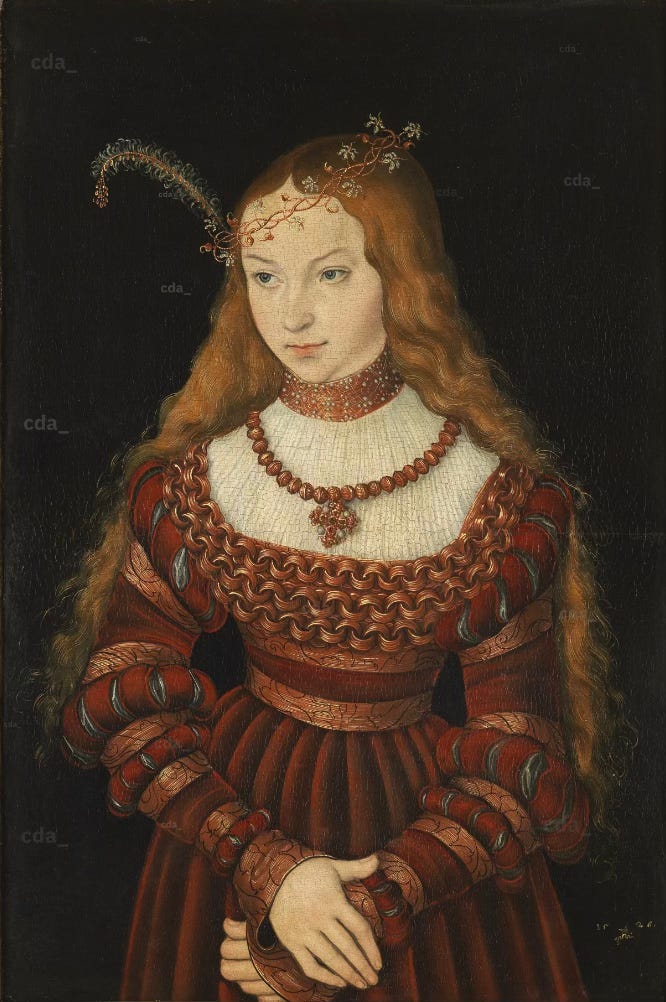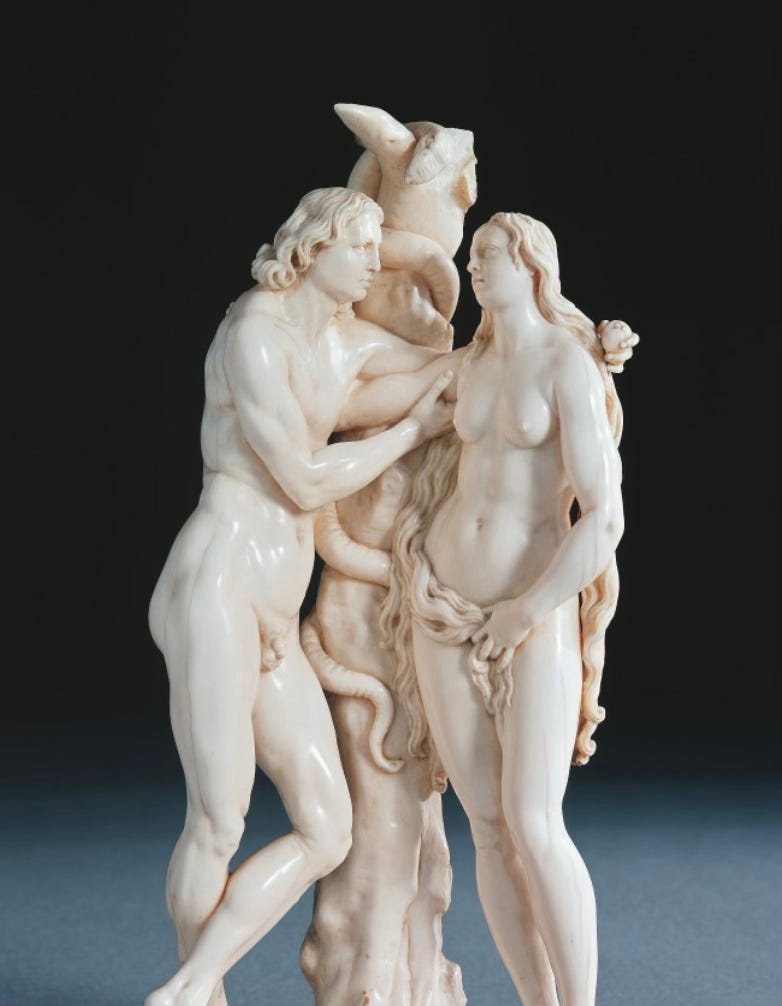The Art Thief – A Review
Even if you only have a passing interest in art or true crime, The Art Thief is a magnificent work of non-fiction. It is compact, entertaining, and thrilling.

Written by journalist Michael Finkel, the 200-odd page book recounts the escapades of the French serial art thief Stéphane Breitwieser and his accomplice and girlfriend Anne-Catherine Kleinklaus. The couple was not driven by a profit motive in their thefts - which by some estimates totaled more than $2 billion worth of stolen goods - but by Breitwieser’s need to collect and surround himself with hundreds of objects that he found to be beautiful.

Of particular interest to me was some of the art that the thief Stéphane Breitwieser stole to decorate the second floor of the suburban home near Mulhouse, which the couple shared with Breitwieser’s mother. While most folks around my age are resigned to decorating their living quarters in “millennial gray”, Breitweiser did so with a number of stolen Baroque and Renaissance works, such as Sybille, Princess of Cleves by Lucas Cranach the Elder and Cheat Profiting From His Master by Pieter Brueghel the Younger.

Breitwieser’s taste was certainly a bit more elevated than what can be found at aspirational retail outposts of Restoration Hardware, Pottery Barn, or even Design Within Reach. While IKEA provides design within reach for most, Breitwieser especially seemed to despise the output of the Swedish firm. He also had a maximalist spirit, evidenced by the more than 200 items that he stole and ornamented in living space with, an antithesis to the contemporary minimalism so prevalent today.

I do not mean to suggest that we should be taking interior design lessons from a criminal that did significant cultural and economic damage to European art, but it's intriguing to see a villain motivated by aestheticism, rather than pure material gain, and this too not even simply to show off on the ‘gram, which he certainly would have been unable to do so given the nature of the crime, even if the social media platform had existed at that time.

Ultimately, the lesson I took away from this book, albeit in an indirect fashion, is how so much of the current appreciation of the arts is purely performative for social media, or a conspicuous method of showing off SES status (the irony is not lost on me that this has historically been the case as well with patronage and the like), rather than appreciating humanity’s triumph in working marble or oil paints, into something deeply beautiful, like Petel’s Adam and Eve. I guess I'm just annoyed by the fact that the revelation of valuing art for its intrinsic worth came to me after reading a book about a criminal.



